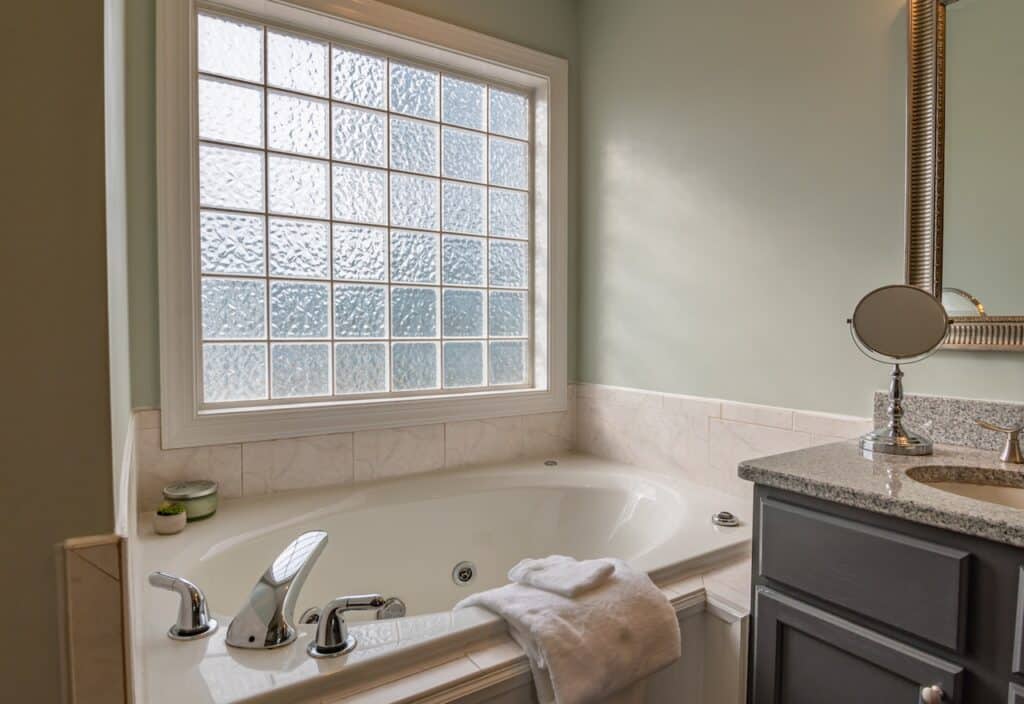
In today’s world, where environmental sustainability is an increasing concern, adopting a zero-waste lifestyle has never been more relevant. One area where significant changes can be made is in our daily bathroom routines. From the products we use to the way we dispose of waste, there are numerous opportunities to reduce our environmental impact and promote a more eco-conscious lifestyle. In this article, we will explore ten practical steps to help you transform your bathroom into a zero-waste haven. By following these steps, you can minimize plastic waste, reduce your carbon footprint, and play a pivotal role in conserving our planet’s precious resources while maintaining a clean, functional, and sustainable bathroom space.
Assess Your Current Products:
Before making any changes, it’s essential to evaluate the current products in your bathroom. Take a close look at toiletries and cleaning supplies to identify items that generate waste. Pay special attention to disposable razors, plastic bottles, and non-recyclable packaging. By understanding what needs to be replaced or reduced, you can make informed decisions to minimize waste effectively.
Switch to Reusable Razors:
One of the first steps in creating a zero-waste bathroom is to replace disposable razors with a reusable safety razor. These razors are not only eco-friendly but also cost-effective in the long run. They feature replaceable blades, so you won’t have to discard the entire razor. By choosing a durable, well-made razor, you reduce plastic waste and contribute to a more sustainable bathroom routine.
Use a Bar of Soap:
Transitioning from liquid body wash and hand soap to bar soap is an excellent way to cut down on waste in the bathroom. Bar soaps typically come with minimal or eco-friendly packaging, such as paper or cloth wrappings. They’re available in various scents and formulations, making it easy to find a bar soap that suits your preferences while reducing plastic waste and promoting sustainable living.
Refillable Shampoo and Conditioner:
To further minimize waste in your bathroom, consider using refillable shampoo and conditioner options. Many stores now offer bulk refill stations for personal care products. This means you can bring your own containers and fill them with shampoo and conditioner, eliminating the need for single-use plastic bottles. Not only does this save money in the long term, but it also significantly reduces your environmental impact.
Bamboo Toothbrush:
Making the switch to a bamboo toothbrush is a simple yet impactful step toward a zero-waste bathroom. Bamboo is a highly sustainable and biodegradable material, making it an excellent choice for the handle. Many bamboo toothbrushes come with compostable bristles, providing an eco-friendly alternative to traditional plastic toothbrushes. By opting for bamboo, you reduce plastic waste in landfills and contribute to a greener planet while maintaining your oral hygiene.
Toothpaste Tablets or Powder:
To further reduce waste in your bathroom, consider switching to toothpaste tablets or powder. These alternatives often come in recyclable or compostable packaging, eliminating the need for traditional toothpaste tubes. With toothpaste tablets or powder, you can maintain your oral health while reducing plastic waste and packaging waste.
Reusable Cloth Wipes:
Replacing disposable wipes with reusable cloth wipes is not only sustainable but also cost-effective. Whether for makeup removal, cleansing, or baby care, cloth wipes can be washed and reused, reducing the need for single-use wipes and their associated waste. Choose soft, durable fabrics like organic cotton or bamboo for a gentle and eco-friendly option.
Menstrual Cup or Cloth Pads:
Embracing eco-friendly menstrual products like a menstrual cup or cloth pads is a significant step toward a zero-waste bathroom. These alternatives are reusable and more sustainable than disposable tampons and pads. A menstrual cup, made from medical-grade silicone or rubber, provides long-lasting protection, while cloth pads are soft and easy to wash, helping to reduce both waste and the environmental impact of feminine hygiene products.
DIY Cleaning Products:
Opting for do-it-yourself (DIY) cleaning products in your bathroom routine is a greener approach. By making your own cleaning solutions using simple and non-toxic ingredients like vinegar, baking soda, and essential oils, you can ensure that your bathroom remains sparkling clean without relying on chemical-laden, store-bought products. Store these homemade cleaners in reusable containers to further reduce plastic waste and promote a healthier living space.
Composting and Recycling:
Last but not least, ensure you have an effective system in place for separating bathroom waste. Implement recycling and composting bins for items like paper, cardboard, and organic materials. Many bathroom products, such as tissue paper rolls, can be recycled. By practicing proper waste disposal in your bathroom, you actively contribute to the reduction of landfill waste and the overall sustainability of your home.